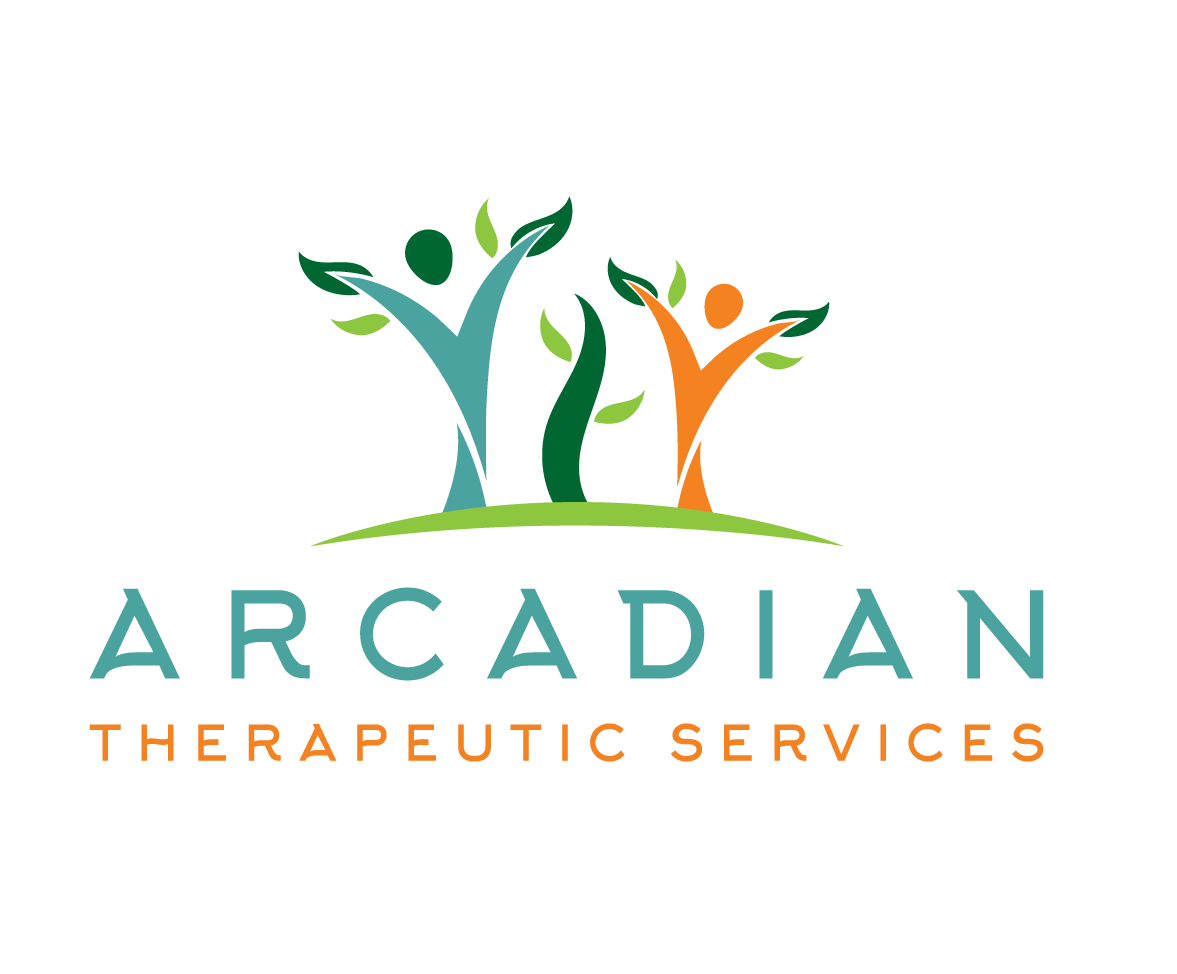Therapeutic Approaches to Help with PTSD
Struggling with PTSD? You're not alone. Therapy can be a powerful tool in your healing journey. Consider exploring different therapeutic approaches like the below can be helpful and impactful when dealing with PTSD.
These evidence-based therapies provide support and coping skills and help process traumatic experiences. Remember, seeking help is a sign of strength. You deserve support and healing.
Cognitive Behavioral Therapy (CBT): CBT is a widely used therapy for PTSD. It focuses on identifying and changing negative thought patterns and behaviors contributing to distressing symptoms. CBT helps individuals challenge and reframe their beliefs, develop coping skills, and gradually confront traumatic memories or triggers.
Eye Movement Desensitization and Reprocessing (EMDR): EMDR is a therapy that involves guided eye movements or other forms of bilateral stimulation. It aims to help individuals process traumatic memories and reduce distressing symptoms. EMDR is thought to work by facilitating the brain's natural healing processes.
Prolonged Exposure (PE) Therapy: PE therapy involves gradually exposing individuals to trauma-related memories, situations, or triggers in a safe and controlled manner. The goal is to reduce avoidance and fear responses while promoting emotional processing and integration of the traumatic memories.
Trauma-Focused Cognitive Behavioral Therapy (TF-CBT): TF-CBT is a specialized form of CBT designed for children and adolescents with PTSD. It incorporates various techniques to help young individuals process their traumatic experiences, develop coping skills, and improve their overall well-being.
Narrative Exposure Therapy (NET): NET focuses on helping individuals with complex PTSD or multiple traumatic experiences by reconstructing their personal narratives of traumatic events. It aims to provide a coherent and integrated understanding of the trauma and promote emotional healing.
Mindfulness-Based Stress Reduction (MBSR): MBSR incorporates mindfulness meditation, breathing exercises, and body awareness techniques to help individuals develop present-moment awareness and nonjudgmental acceptance of their experiences. It can be beneficial in reducing stress, anxiety, and reactivity associated with PTSD.
Group Therapy: Group therapy provides a supportive and safe environment for individuals with PTSD to share their experiences, learn from others, and gain a sense of connection and validation. Group therapy can also foster social support and reduce feelings of isolation.
Medication-Assisted Therapy: Medications, such as selective serotonin reuptake inhibitors (SSRIs) or other antidepressants, may be prescribed by a healthcare professional to help manage PTSD symptoms. Medication can be used with therapy to alleviate symptoms and improve overall well-being.
Brain Spotting is a therapeutic approach that focuses on the deep processing and resolution of traumatic experiences. It involves identifying and utilizing the individual's eye gaze to access and activate specific areas of the brain associated with trauma. By directing attention to these "brain spots," individuals can access and process unresolved trauma on a neurological level. Brain Spotting works for PTSD by facilitating the release of emotional and physiological distress associated with traumatic memories, allowing for the reintegration of fragmented aspects of the traumatic experience. This therapy aims to promote healing, reduce symptoms of PTSD, and enhance overall well-being by accessing the brain's innate capacity for self-regulation and healing.
